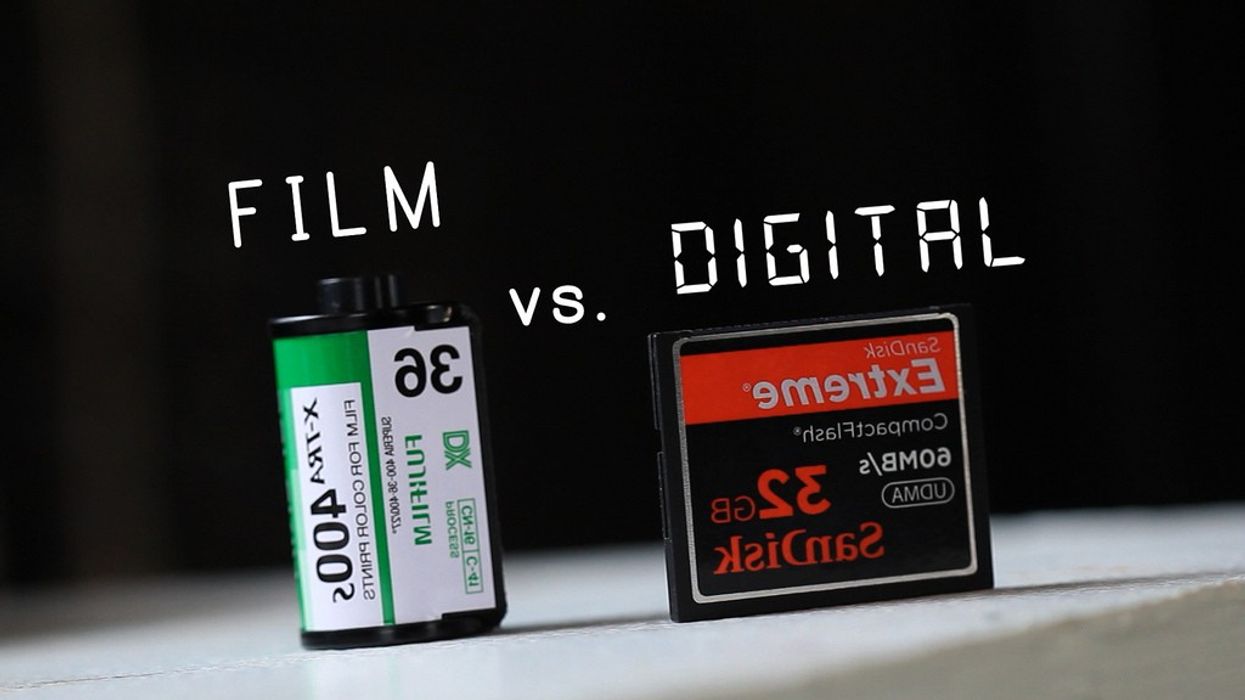Can You Tell the Difference? Film & Digital Go Head to Head in This Stop Motion Video

"Which looks better: film or digital?" It's one of those questions that can't really be answered, because every filmmaker has different tastes and opinions, but Joey Shanks (you might know him from his awesome stop motion/in-camera effects tutorials) puts film and digital head to head to show the difference between what the two mediums look like in stop motion animation. He even challenges viewers to guess what the last clip was recorded with, and will reveal the answer come December 26th. It's harder than you might think, but continue on to see for yourself!
Digital filmmaking has always reminded me of that shrimpy kid who would try out for baseball and attempt to prove himself to the older, more experienced players. "I can hit, fellas. I'll hit that ball right outta the park!" (I might be pulling from personal experience there.) And digital has definitely come a long way, both in emulating the look, feel, and power of film, as well as carving new paths as an independent medium all its own.
As you may find while watching the video below, it's getting harder and harder to distinguish the differences between film and digital -- at least in this demonstration. Shanks uses a Canon 5D Mark II set at ISO 400 and a Canon 7E using Fuji 400 stock. He also uses the same lenses when he shoots with both cameras (a list of which you can find in the "About" section of this video).
Granted, there are plenty of factors that could alter the characteristics and quality of the final product. For instance, one commenter on the video mentions that using professional stock and processing (including development and scanning) would make a pretty significant difference in the images produced by the film camera.
Thanks to Joey Shanks for sending this video our way.
And let the discussion begin! What are some pros and cons of the images produced by film/digital? Can you tell what the final shot was filmed on? Let us know in the comments below!











